Lake Louise is a ridiculously beautiful lake about 60km northwest of the town of Banff, and was our hiking destination for the day. To beat the crowds, we got up super early and set off from Banff. With the sun rising behind us, we passed under an unusual sight – a bridge spanning the highway that was built for animals to cross. Nice touch Canada.
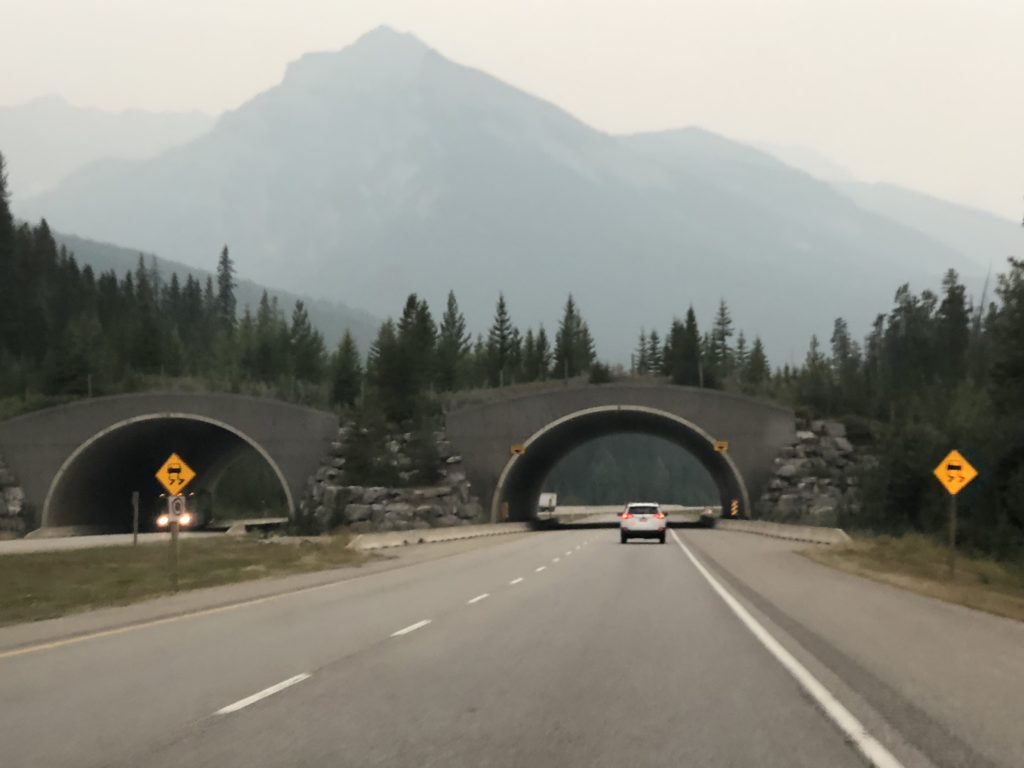

Lake Louise is a “glacial lake”, which is a lake carved by glacial erosion and then filled up with water as the glacier melts. The lake is still fed by glacial runoff, and in turn, feeds into the Bow River that runs through Banff. The lake sits at 1,750 metres above sea level, stretches for about two kilometres, and is surrounded by big imposing mountains. It’s a truly impressive sight and draws big crowds. The “Louise” part of Lake Louise comes from Queen Victoria’s sixth child (she had nine with her first cousin… go royals!), Princess Louise Caroline Alberta.
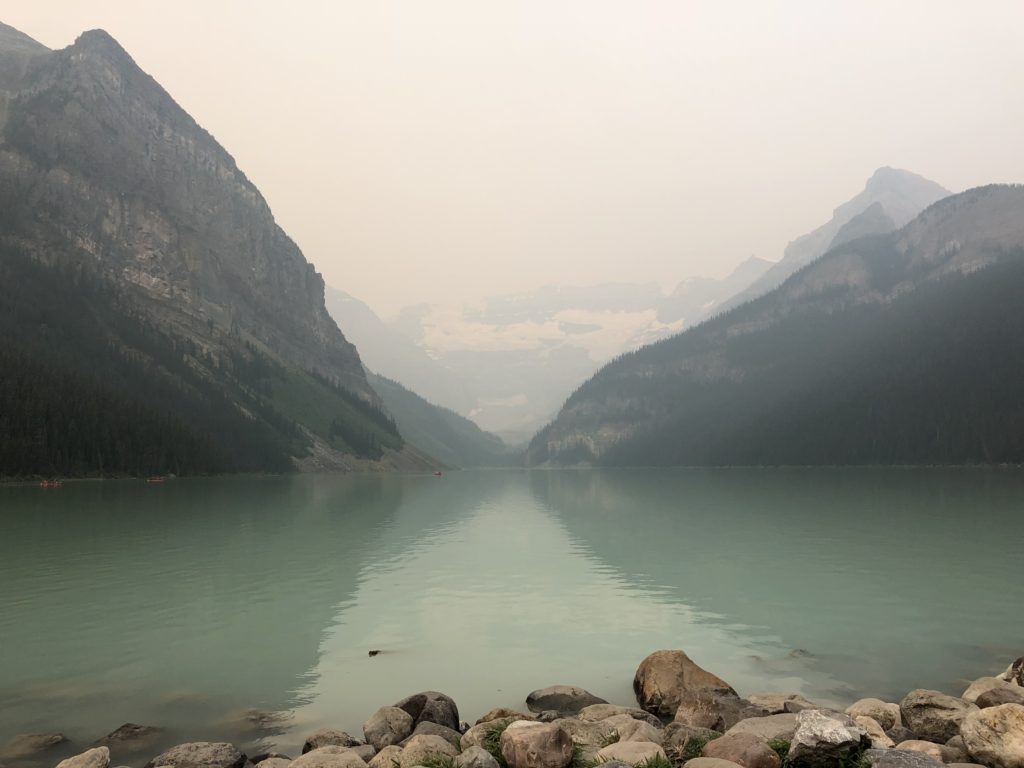
The lake water is strangely cloudy. The glacial grinding of bedrock leaves behind tiny fine-grained particles of rock, called rock flour. Melt water from surrounding glaciers carries these particles into Lake Louise. They are so tiny that they remain suspended in the water, creating the cloudy appearance sometimes called “glacial milk”. This adds to the mystery of the place, making it a little more special. The air was still exceptionally hazy due to forest fires in the area, but through the haziness you can just make out glaciers sitting on the face of Mount Victoria.
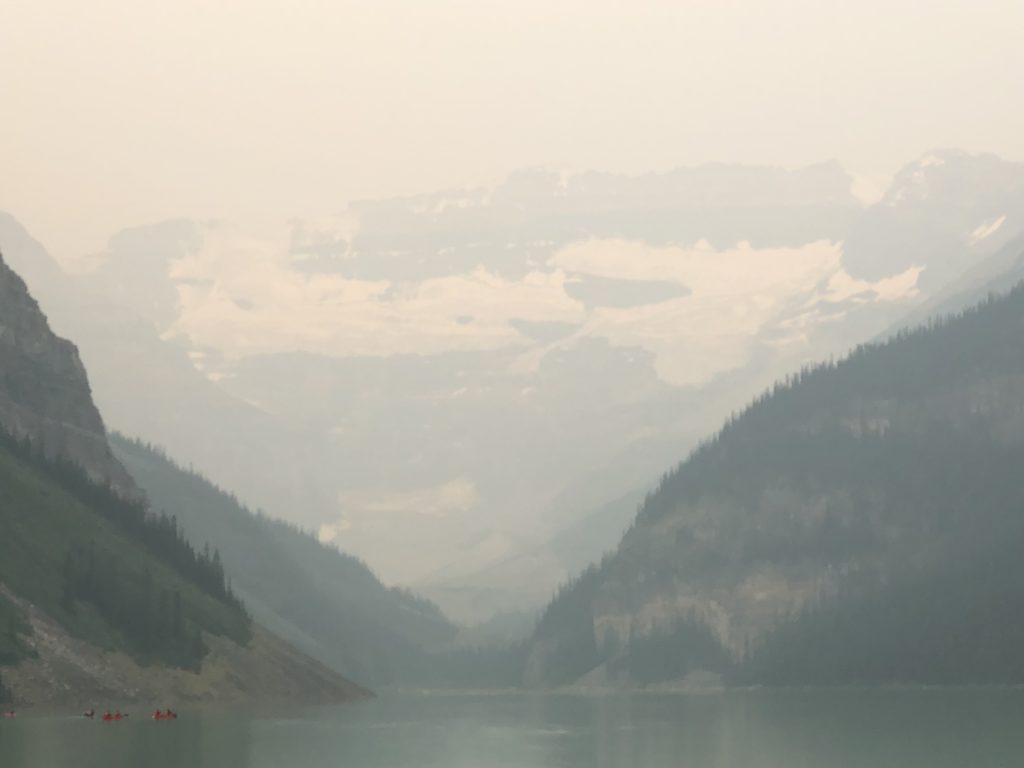
We weren’t scaling any glaciers that day. Our hiking plan involved climbing the “Big Beehive” mountain. After a number of hikes over the last few weeks, we were prepared – two bananas, two apples, two snack bars, and four bottles of water. The hike started at the lake shore, meandered up into fairly dense tall tree forests, and then began to ascend rapidly.
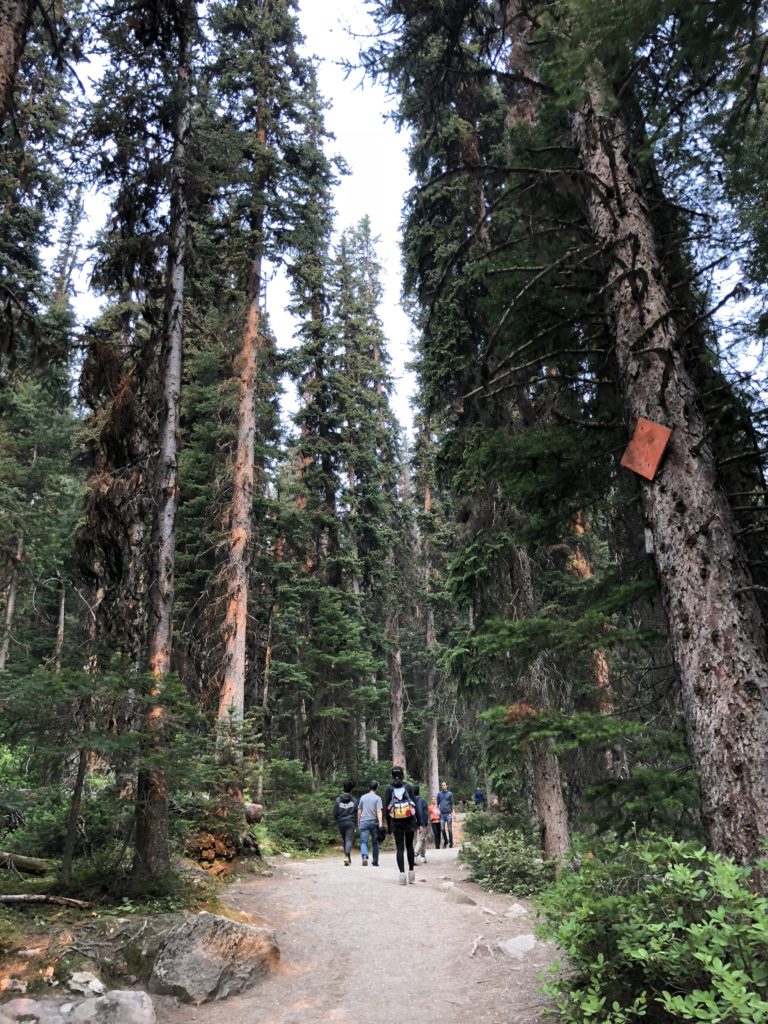
Every now and then we got different views of the lake below.
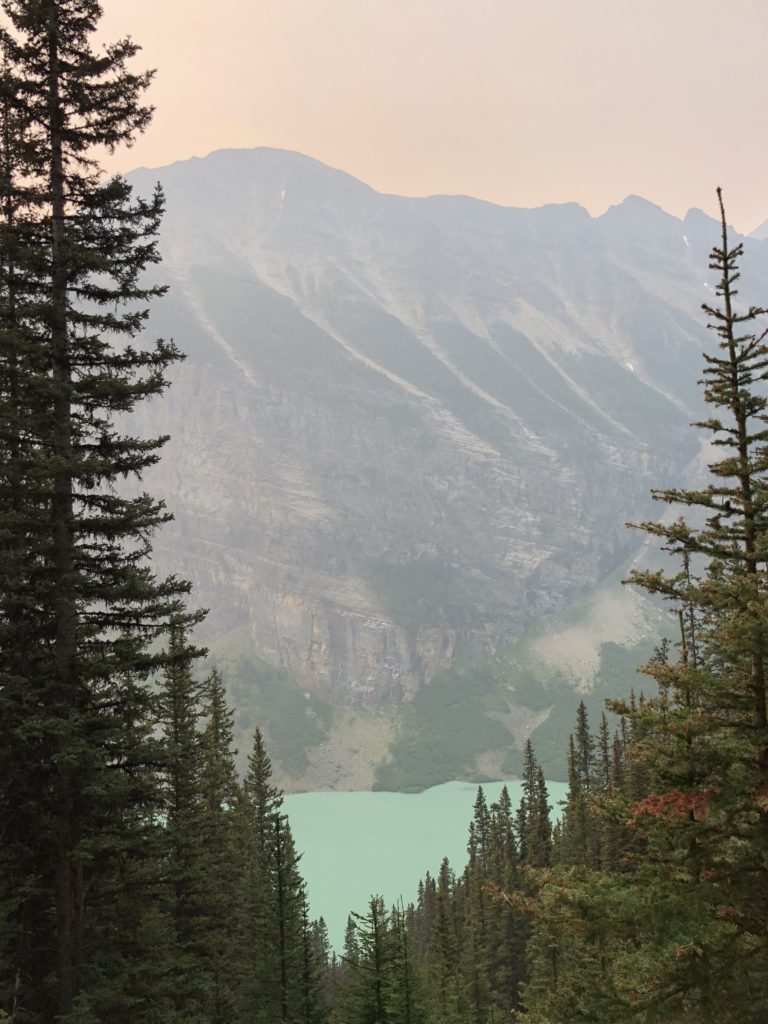
About an hour into the hike, we arrived at Mirror Lake and stared up at the face of Big Beehive. The name should be obvious by now.
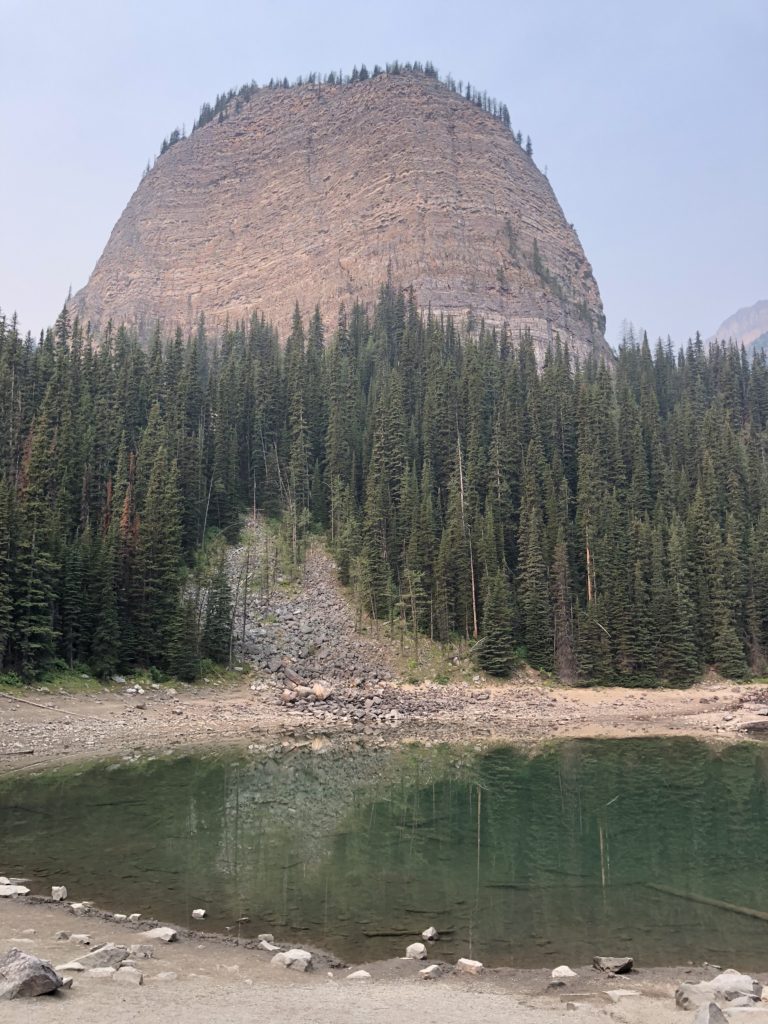
Going up the right side of Big Beehive, the trail then gets fairly steep as it winds its way up to the shore of a hidden lake called Lake Agnes.
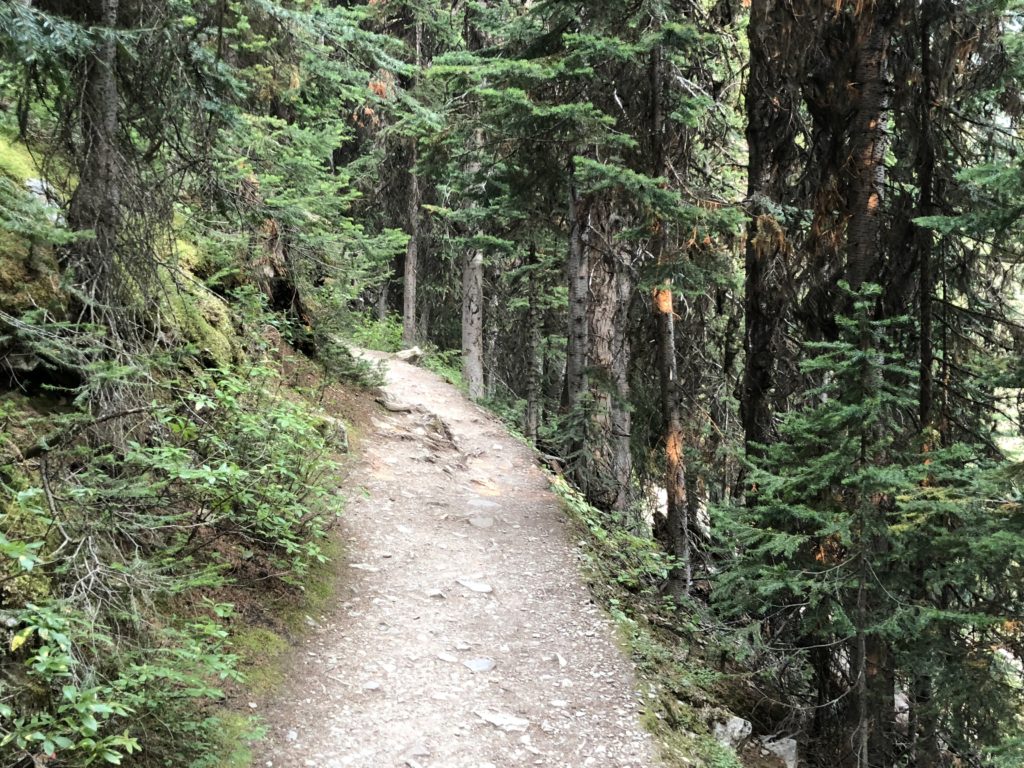
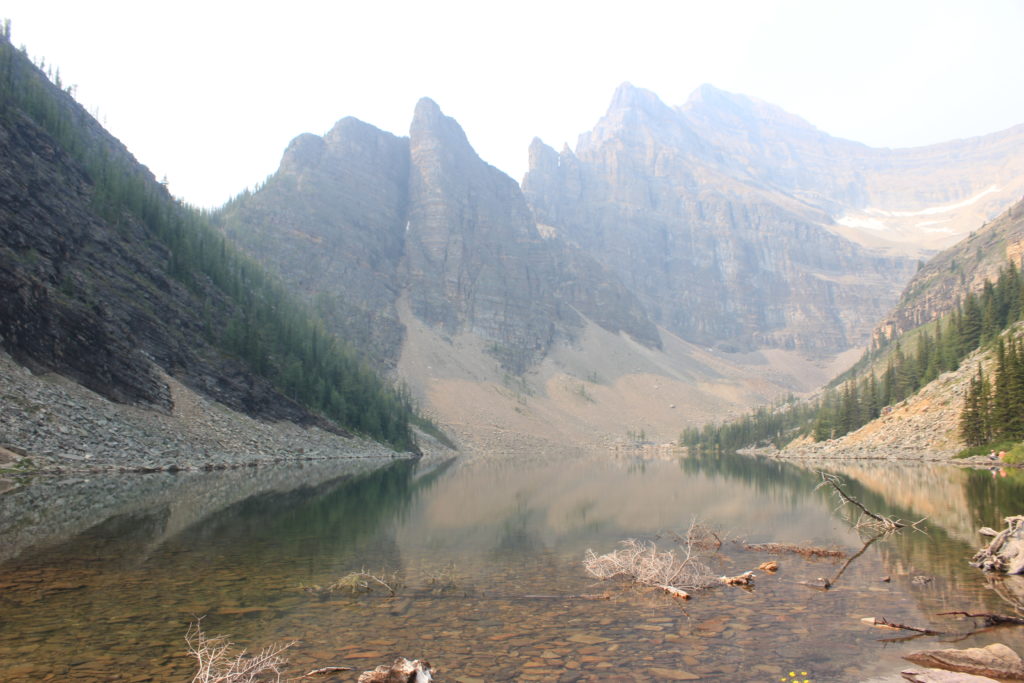
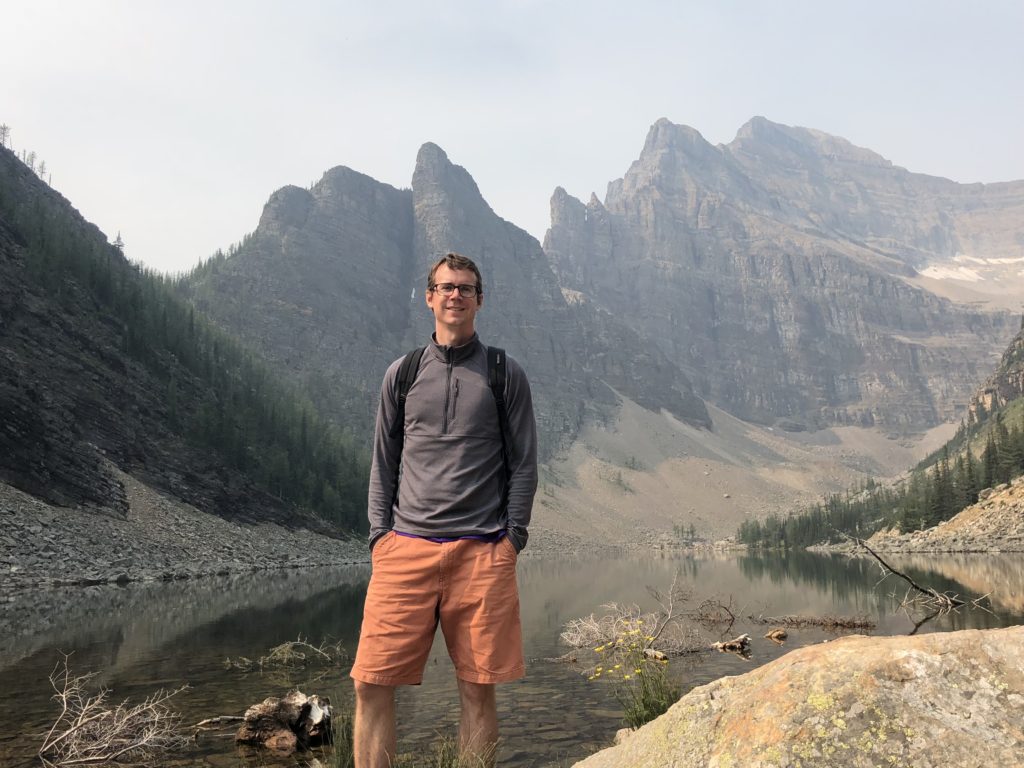
Aside from being a beautiful place, Lake Agnes is also famous for its tea house. It was built on the shore of the lake in 1901 by the Canadian Pacific Railway as a shelter for hikers. It began serving tea in 1905. At 2,130 metres up, there is no running water here, meaning that the staff use water directly from the lake instead. There is also no electricity and supplies are transported up (and waste transported down) manually. They have over 100 varieties of tea on offer (no coffee) as well as scones and cakes. It was all very British.
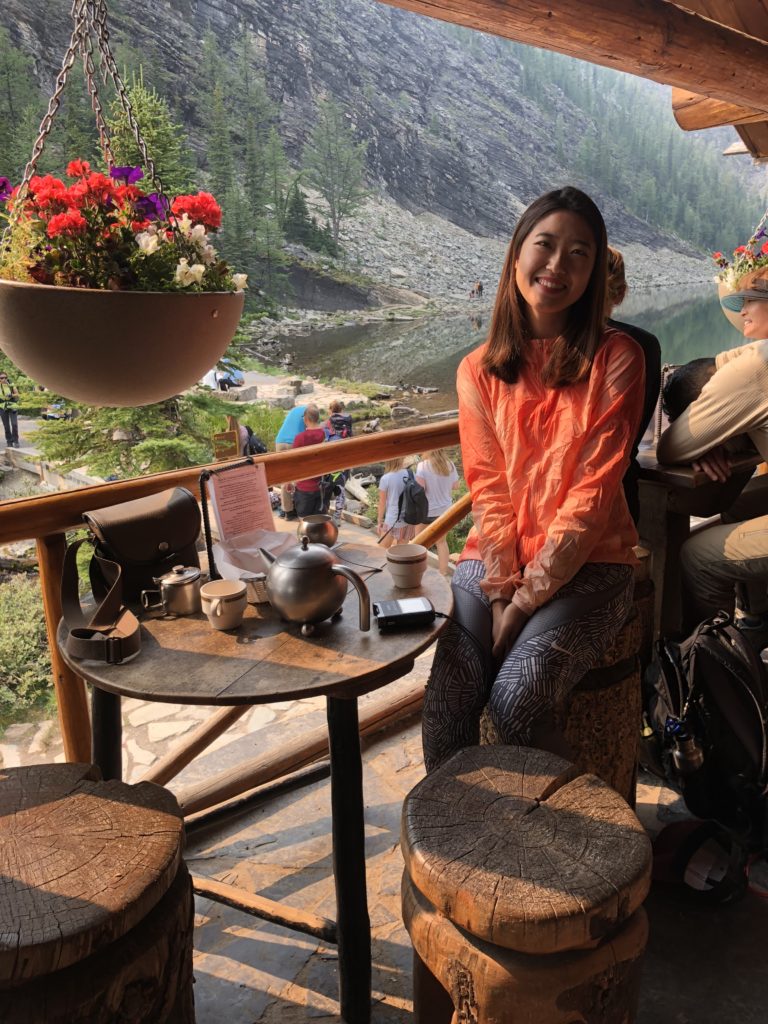
The hike then continued along the edge of the lake all the way to the far side.

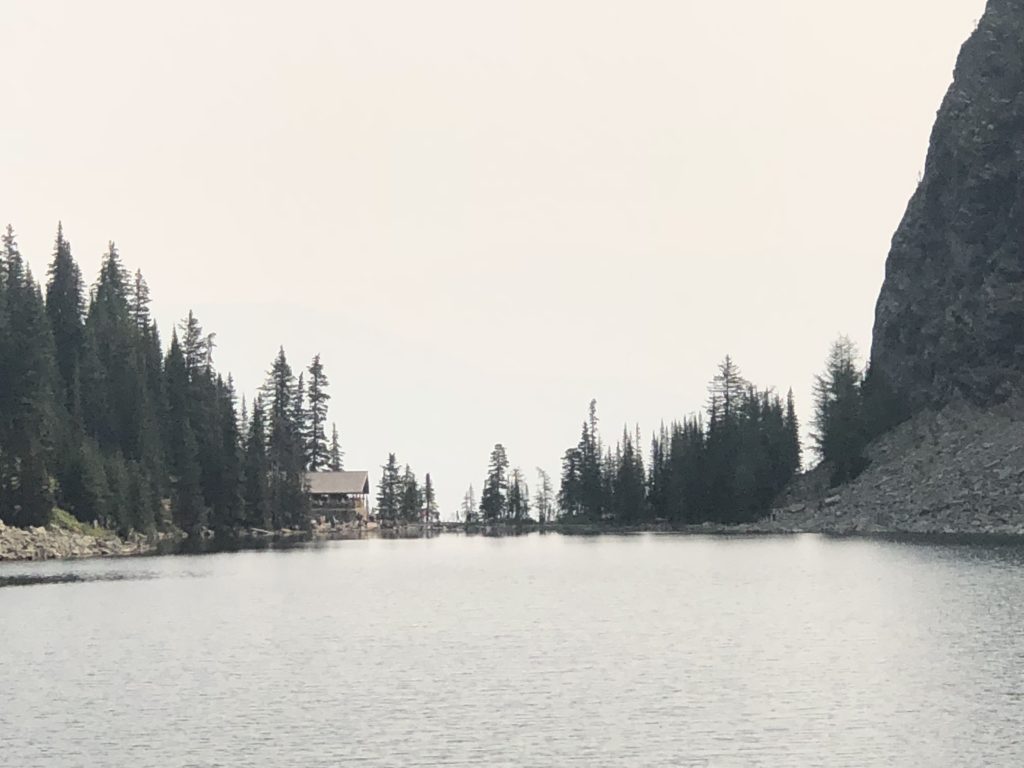
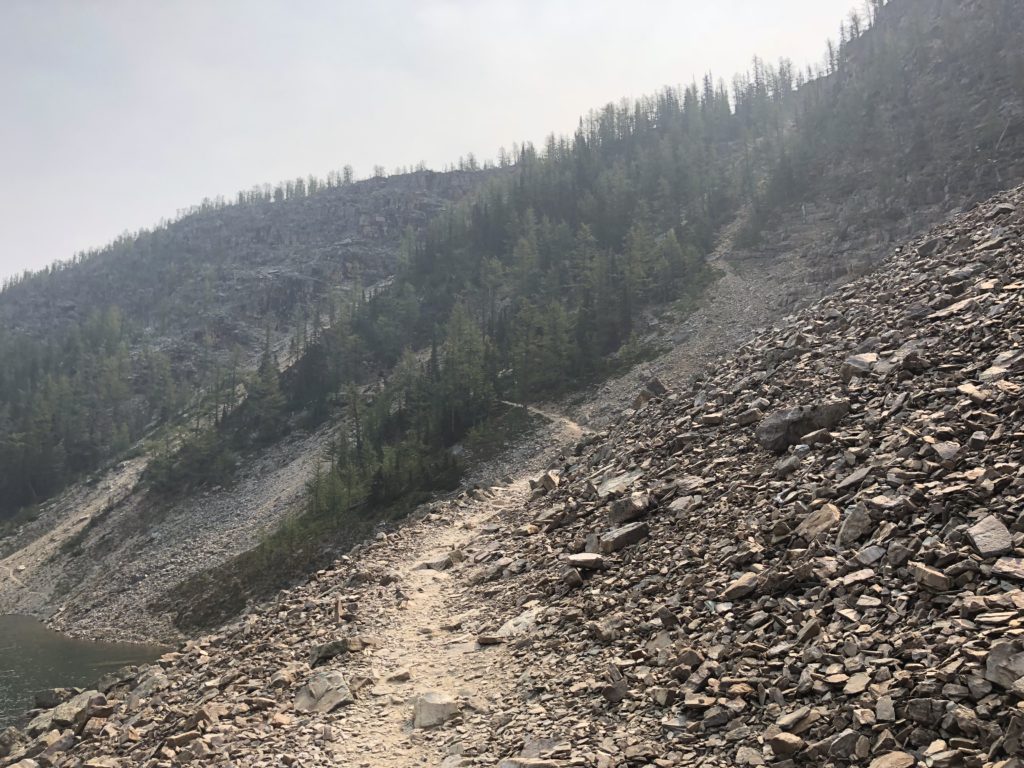
And then headed up the side of Big Beehive, up a very steep “switch-back” route. After about an hour, and a few bottles of water, we arrived at the peak.
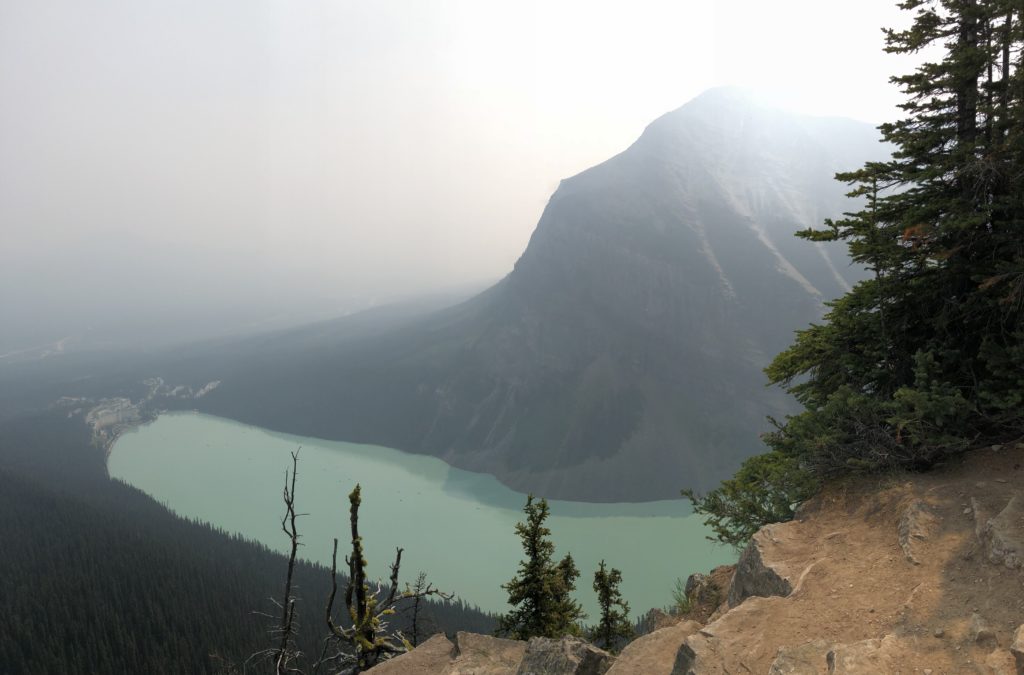
The view down to Lake Louise was outstanding.
The large structure on the lake shore is the enormous Fairmont Chateau Lake Louise. It was also built by the Canadian Pacific Railway around 1900. Back in the day, the railway company built luxurious grand hotels in remote locations to lure wealthy patrons to holiday via rail. This one remains popular today and is considered one of a handful of remaining grand Canadian railway hotels. Note that, at well over $1,000 per night, the Chateau didn’t quite fit into our budget.
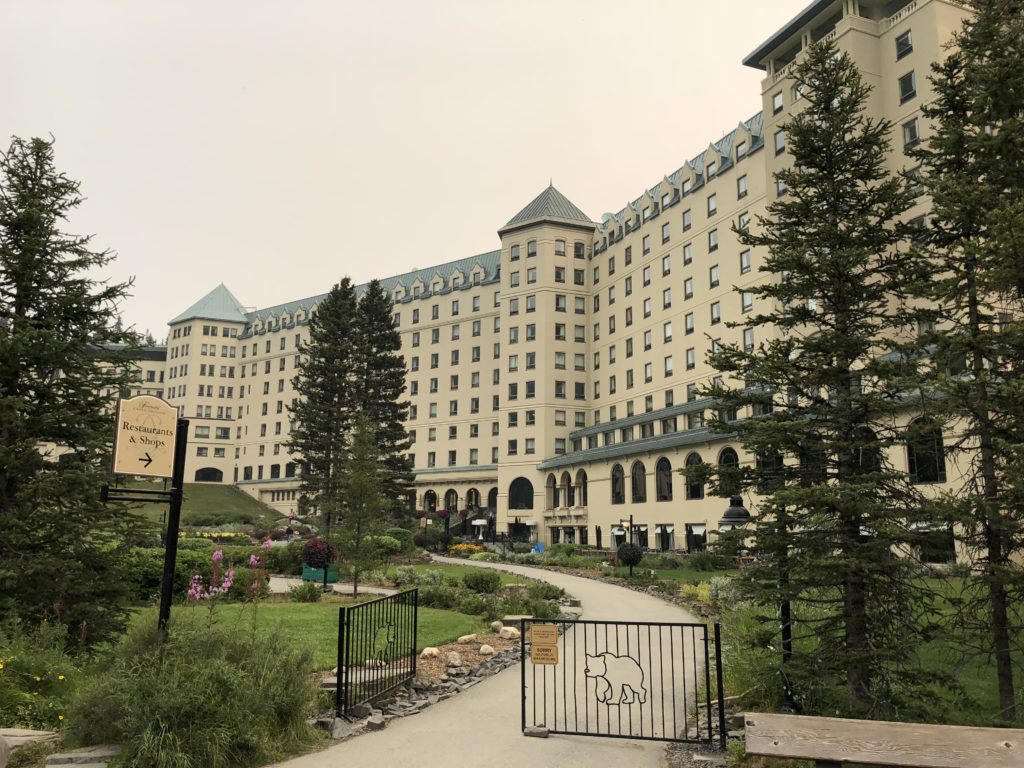
We then started the long trek back.

We headed back to Banff, and, the following morning, started an epic 11 hour drive across British Columbia from Banff to Vancouver. It was a big day of driving, starting early and ending late. Here’s the summary in photo form:
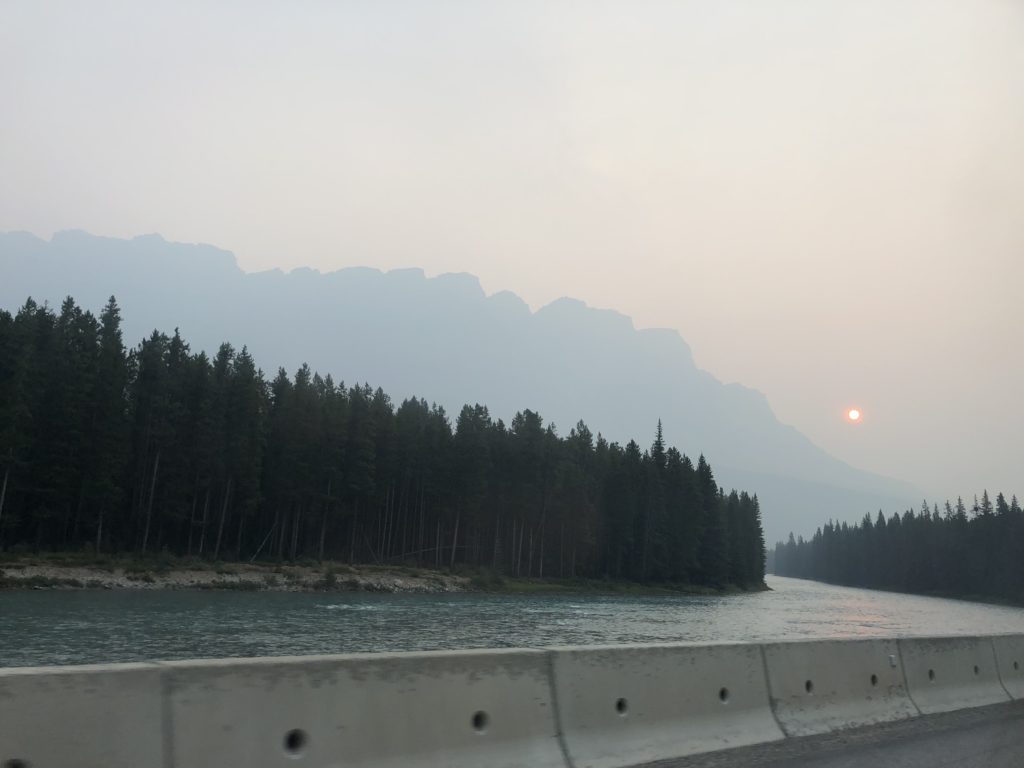
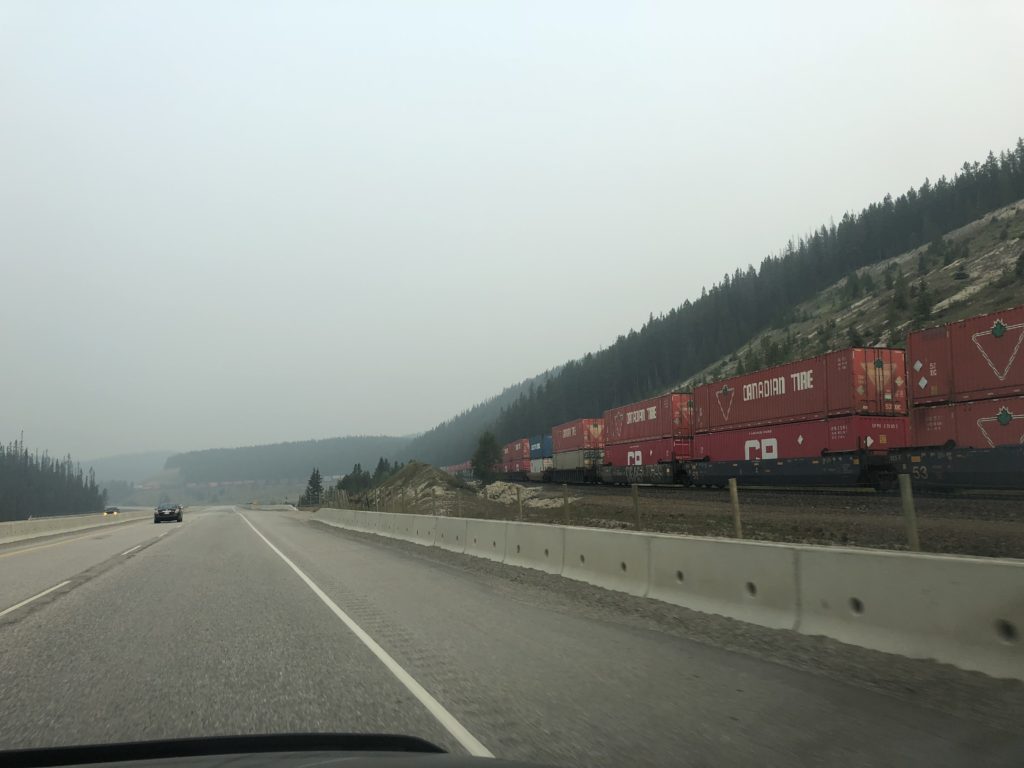
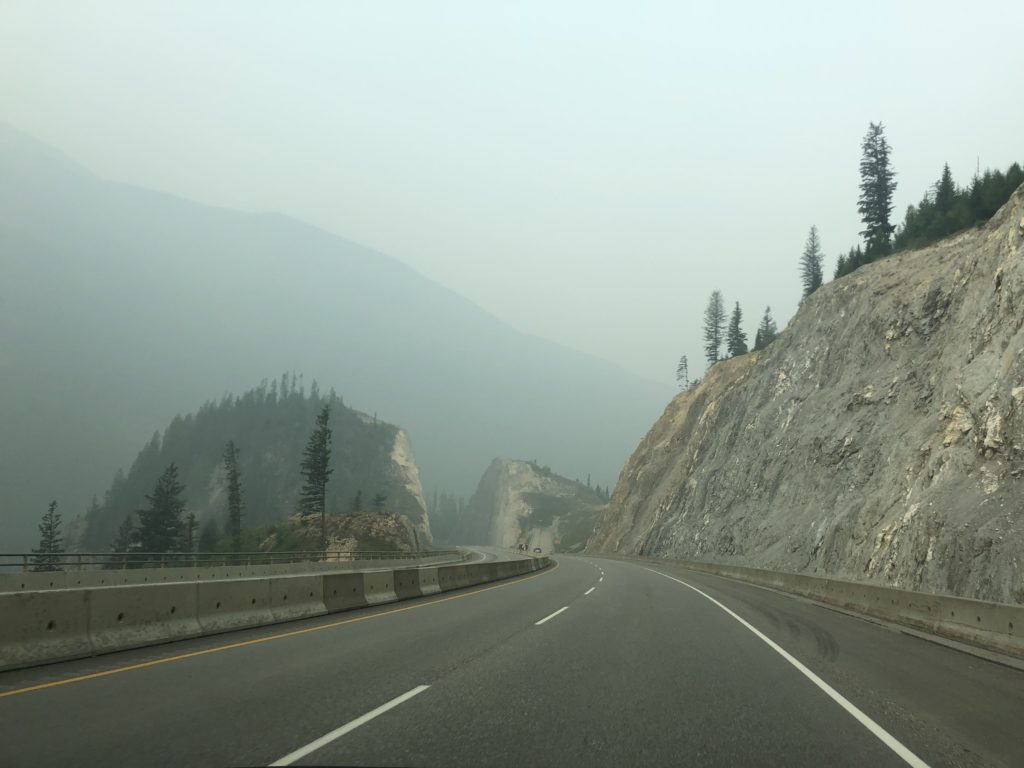
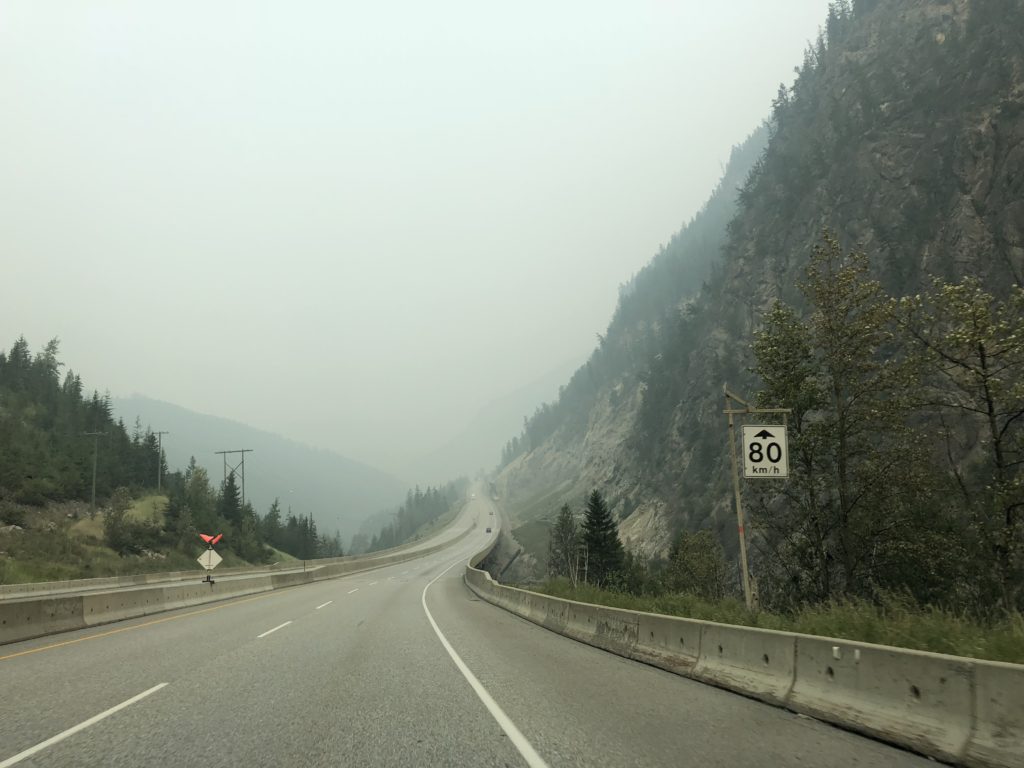
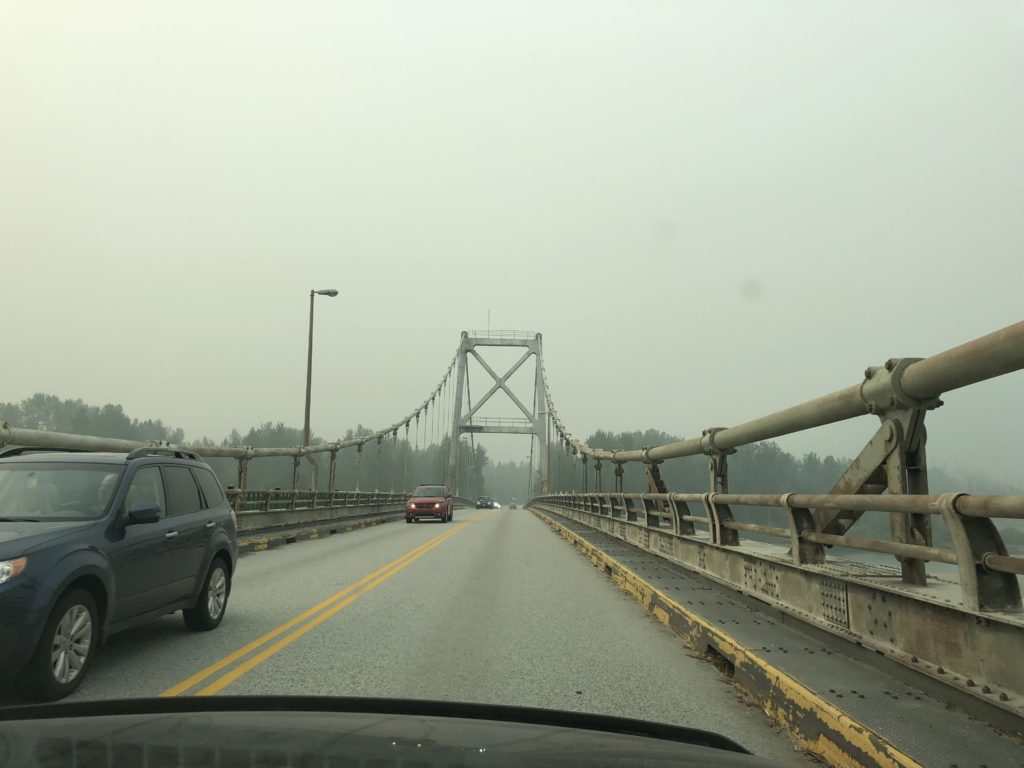
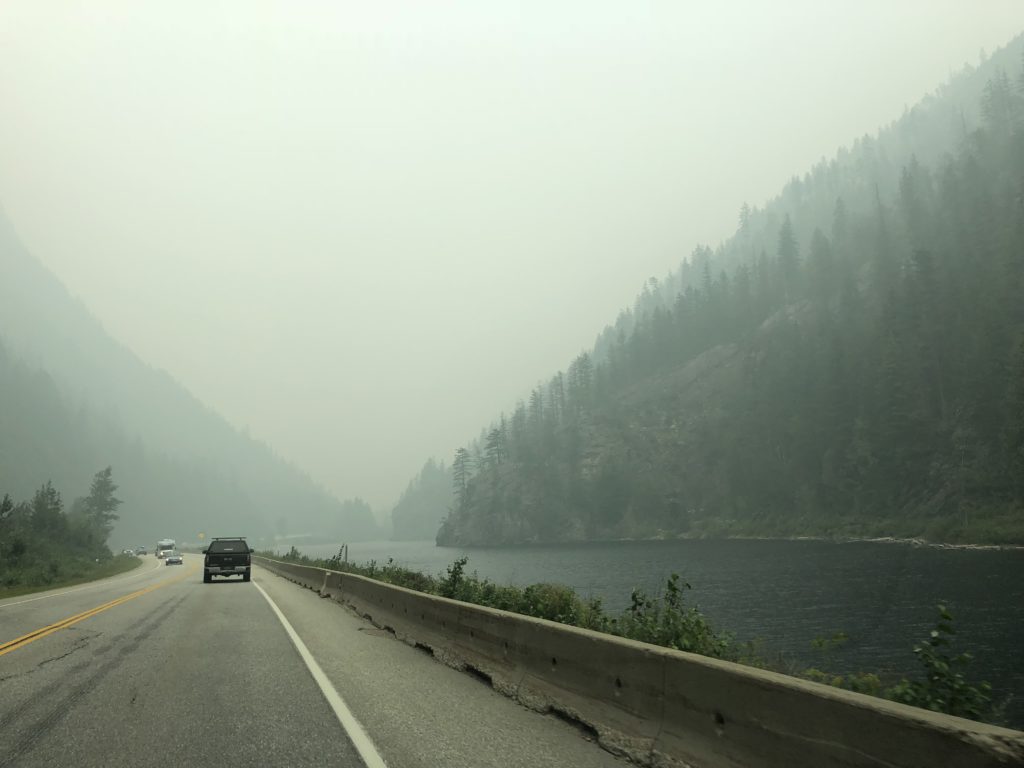


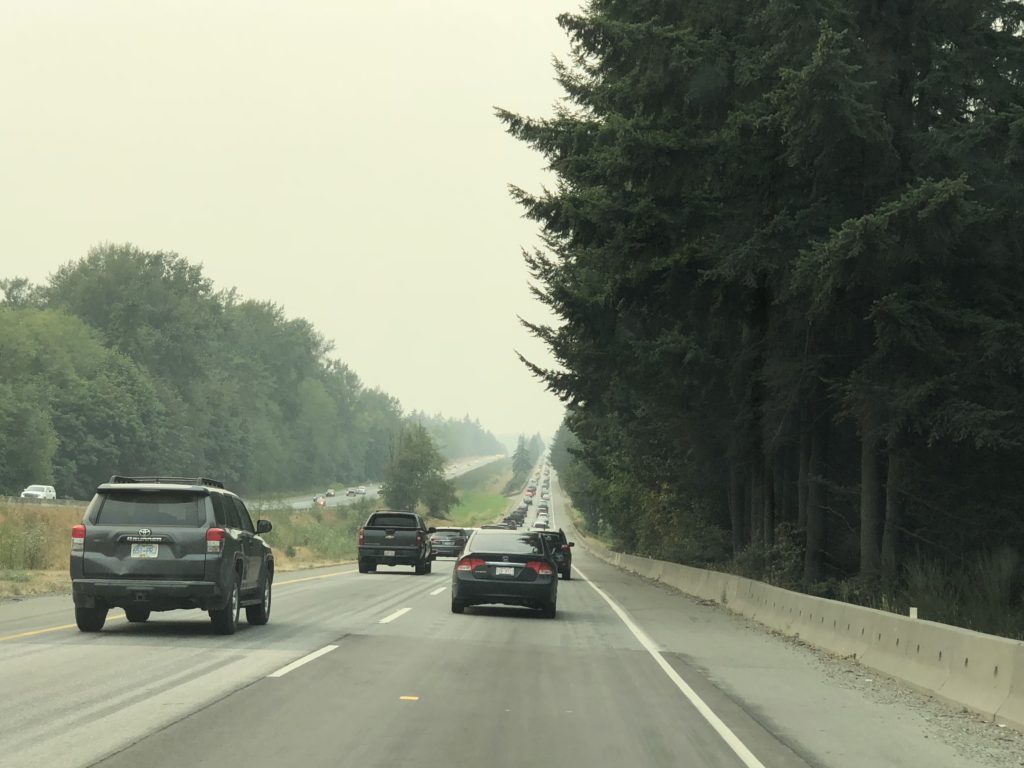

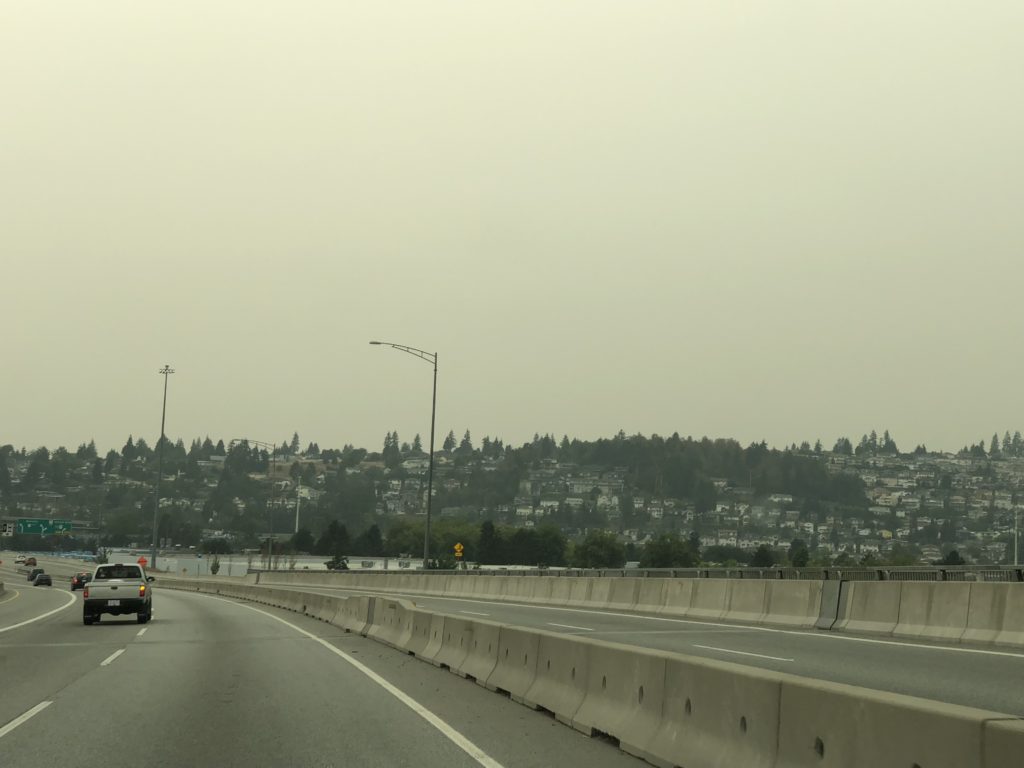
Welcome to Vancouver…

